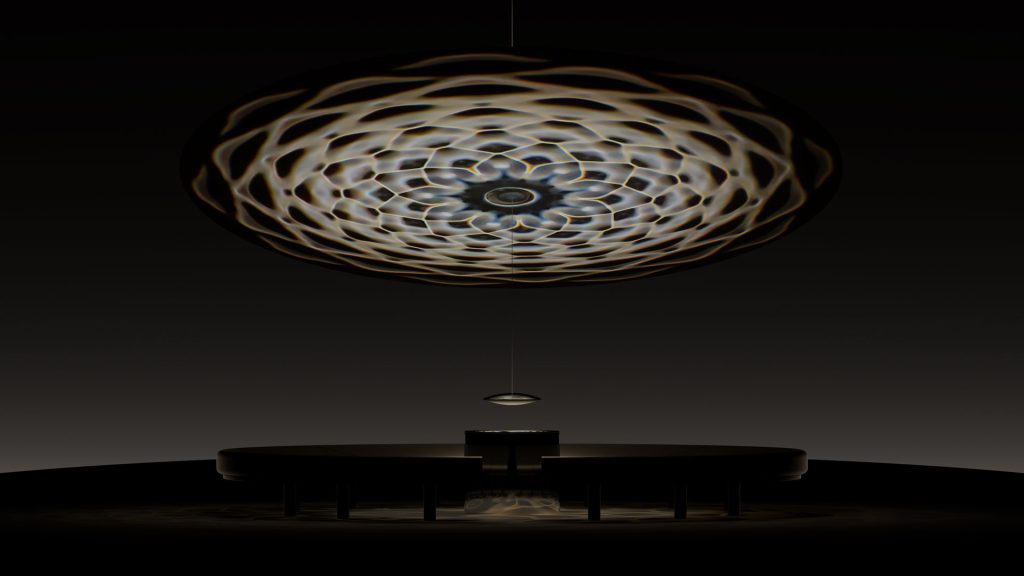Incipit
The Milan-based lab helps talented young designers bring their ideas to life


In Latin, the word “incipit” means “the beginning.” Reflecting the word’s meaning, Incipit is also a new Milan-based creative lab and business. The aim is simple yet brave: to help young designers produce their first objects by enlisting the best artisans and technicians around Italy, then launching those products in traditional design retail outlets.
The company was founded last year by Roberto Hoz and Marta Bernstein, two entrepreneurs with loads of experience at several leading Italian design companies. The duo tells CH, “For our first collection, we involved a series of ‘Friends of Incipit’ (as we like to call them)—a number of promising youngsters, to whom we proposed a brief. We then made a selection from the numerous projects we received.”
Incipit’s official kickoff will take place during Milan Design Week 2014 (8-13 April) in the Ventura Lambrate district, where the fair’s most innovative works are exhibited. “Once we have officially unveiled the brand it will be easier to receive proposals, and the selection of designers will be broader. In the future, we would also like to collaborate with Italian and foreign schools in finding talented young designers,” Bernstein and Hoz say. As it stands, the 2014 collection consists of 10 designers and 20 projects—two of which were realized through a crowdfunding campaign in collaboration with Limoney, another new Milan-based platform that aims to help finance Italian projects.
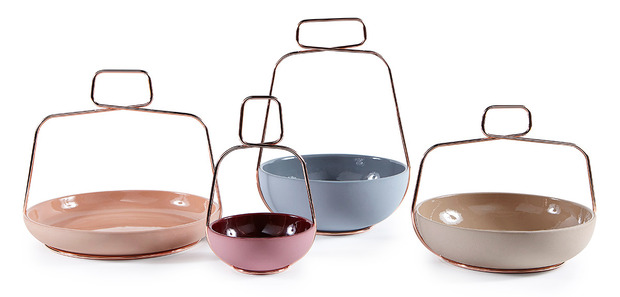
We recently had the opportunity to preview three of Incipit’s debut designs, all of which focus on basic materials (marble, ceramic and copper) and organic shapes. The Muslet series is designed by Ilaria Innocenti and consists of a family of ceramic containers. A copper wire forms the handles, inspired by the cage used to brace a champagne cork.
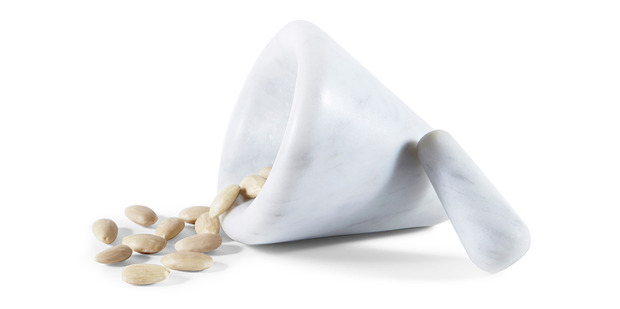
Pita is a mortar made of classic white Carrara marble designed by Italian industrial designer Tommaso Caldera. The old-fashioned cooking tool is turned into a mysterious sculptural cone through Caldera’s touch.
Moving from kitchen to the study, Milan-based French designer Philippe Tabet has created Louis—a stylized piggybank that ironically resembles a beheaded pig (perhaps a reference to the global economic crisis)—which comes in several colors.
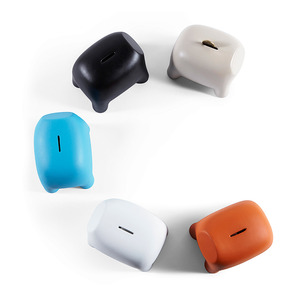
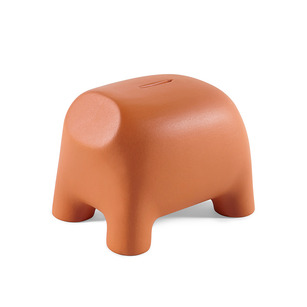
“The great thing about being at the beginning is that we have endless possibilities,” Hoz and Bernstein say. “If, in the future, a more established designer wants to work with us; great. The forms of collaboration could be many, from holding a workshop to acting as tutor. The young designers, however, will always remain the main focus of Incipit.”
The relationships between entrepreneurs, designers and producers have always been the essence of Italian design. “Our suppliers are not just executors,” the two founders continue, “But thanks to their experience of materials and processes they actively collaborate with designers to find the best possible solutions. We may not change the world, but we want to give new value to Italian design—to the meaning of “Made in Italy.’”
Images courtesy of Incipit
